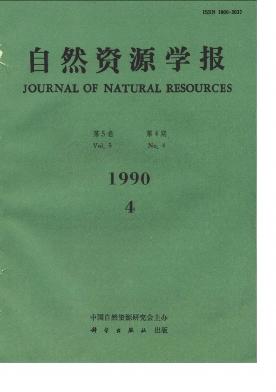Special Column:Celebration of the 70th Anniversary of IGSNRR, CAS
Huang Fusheng, Zhang Xuezong
In this paper the authors deal with the common characteristics of the insect fauna and the component difference of the fauna under different conditions.1.During the field work in the years 1987-1988, 10322 insect specimens were collected representing 18 orders of insect and 1 order of mites. Of the collected insect orders Diptera orcupied the first place in the complexity of species and in numbers of specimen, Coleopiera the second and Lepidoptera the third.2.The species identified include Orthoptera, Neuroptera, coleoptera, Lepidoptera, Hy-menoptera and Diptera. A statistic analysis of those species shows that the fauna of Kalakorum-Kunlun Mountains belongs to the typical Palaearctic Region. The Palaearctic species number 96, occupying 53.93% of the total. The middle Asian species number 30, occupying 16.85% of the toral. Together, these two have 126 species, occupying more than 70% of the total.3.Of the species which only oocur on the northern slopes of the Kalakorum-Kunlun Mountains, the Palaearctic species number 58, occupying 52.25% of the total, the middle Asian species number 30, occupying 27.02% of the total, and the endemic species number 15, occupying 13.5% of the total.4.Of the species which occur on both the northern and the southern slopes, the Pala-carctic species number 32, occupying 50% of the total, the middle Asian species number 2, occupying 3.12% and the species occurring specially at high altitude number 12, occupying 18%.5.Of the species which only occur oil th southern slopes of the Kalakorum-Kunlun Mountains, so far as we know, there are only 2 species and they occur at high altitute only.Under the high pressure of the India landmass upon the old Eurasia continent, the Talimu region rose, the sea water retreated from there, and a round, closed basin appeared. Consequently quite a number of endemic elements, such as endemic subspecies Bombus asiaticus bai-chcngensis Wang, endemic species Eremippus yechengensis Liu, and endemic genus Conophy-mopsis Spp. came into being.
